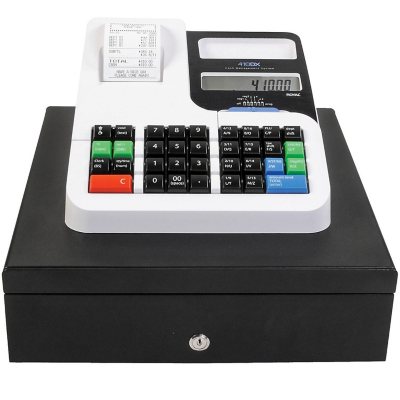– Higher liquidity risk than other fixed-income securities, as home equity loan ABS are less traded and more complex than other mortgage-backed securities, and may have limited business members and you can speed transparency. This may make it difficult for investors to buy or sell the securities at a fair price, or to hedge their positions.
HELOC Abdominal muscles has actually a lower life expectancy exposure and you can come back than simply family security financing Abs, since underlying
– The sort of fundamental finance. Domestic collateral loan Abs is backed by closed-prevent financing, which have a predetermined matter, rate of interest, and you will maturity date. HELOC Abs was backed by unlock-prevent finance, which have a varying amount, interest rate, and readiness day, depending on the borrower’s need therefore the lender’s terms and conditions.
– The cash disperse of one’s ties. House guarantee loan Abdominal muscles has an even more foreseeable and you can steady bucks circulate, since dominant and you will attention repayments on the underlying loans are fixed and you will recognized in advance. HELOC Stomach possess a far more unsure and adjustable cash flow, given that dominant and you will desire payments throughout the hidden funds depend with the borrower’s drawdowns, repayments, and interest rate changes.
– The risk and return of the securities. Home equity loan ABS have a higher risk and return than HELOC ABS, as the underlying loans have higher interest rates, lower credit quality, and higher prepayment risk. fund provides all the way down attract rates, higher credit quality, and lower prepayment risk.
Household equity financing Stomach and you will HELOC Abs is actually comparable in that both are backed by family security fund, nonetheless have some key variations, instance:
These are a few of the fundamental personal installment loans Lawrence NE areas of home security loan Stomach one to investors should be aware of. Home security mortgage Abdominal muscles are a complicated and you will high-risk types of fixed-earnings protection, even so they may promote glamorous output and you can diversity advantageous assets to investors who will be prepared to accept the challenges and you may uncertainties of the fundamental financing.
One of the most popular sorts of asset-recognized ties (ABS) are those supported by domestic security loans otherwise lines of credit. These are fund otherwise borrowing establishment that allow homeowners so you’re able to obtain money contrary to the property value their property. However, not absolutely all home collateral Abdominal muscles are identical. Discover tall differences between family collateral line of credit Abs (HELOC Abdominal muscles) and you will house security financing Abs (HEL Abs) one to dealers should know. In this area, we will talk about such variations in addition to their ramifications into the efficiency, risk, and you may valuation of them bonds.
1. The nature of the underlying loans or credit facilities. HELs are fixed-term, fixed-rate loans that are fully amortized over a specified period. HELOCs are revolving credit facilities that allow borrowers to draw, repay, and redraw funds as needed, up to a certain limit. HELOCs typically have variable interest rates that are tied to an directory for instance the primary speed or LIBOR. HELOCs also have a draw period, usually 5 to 10 years, during which borrowers can access the funds, and a repayment period, usually 10 to 20 years, during which borrowers have to repay the principal and interest.
2. The prepayment and default behavior of the borrowers. HEL borrowers tend to prepay their loans faster than HELOC borrowers, especially when interest rates decline or home prices appreciate. This is because HEL borrowers can refinance their loans at lower rates or cash out their home equity by taking out a new loan. HELOC borrowers, on the other hand, tend to prepay their credit facilities slower than HEL borrowers, because they have more flexibility and convenience in accessing their funds. HELOC borrowers also tend to default less than HEL borrowers, because they have lower monthly obligations and certainly will use their borrowing from the bank facilities to cover their expenses in case of financial hardship. However, HELOC borrowers may default more in the long run, especially if rates increase or home prices decline, which could reduce their equity cushion and increase their debt burden.

